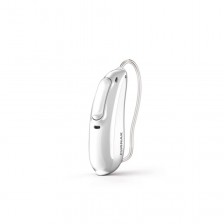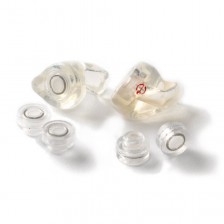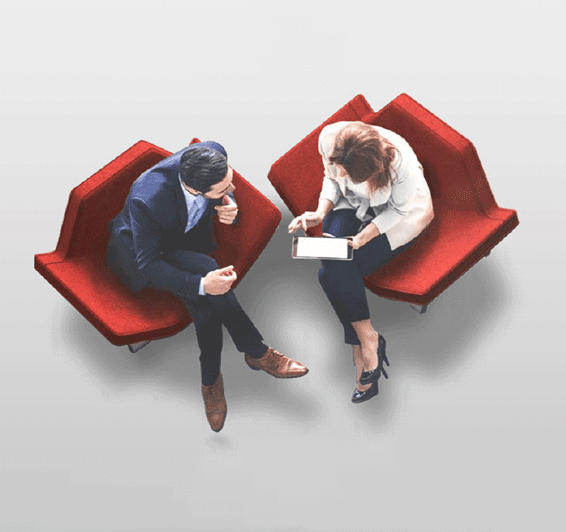How do we know if a person is born deaf?


The human being is social by nature, so he needs to relate to others to survive. For this reason, the fact of hearing well becomes a fundamental aspect when it comes to relating with others.
But, what happens if the one who does not hear is a baby? How can we know? and most importantly, how can we help you?
The point is that we must detect and accept this problem as soon as possible, because it will depend on finding the appropriate solutions and then, the child can begin living a usual life.
How do we know if a person is born deaf?
The first 3 years of life are essential for the baby's learning, due to this when the brain begins its development.
Therefore, right at birth, the hospital must carry out a hearing test. About this check we talked a few days ago, is called "Acoustic Otoemissions test".
Thanks to it, the professional will be able to check if specific parts of the ear respond as they should, using a foam earphone that is inserted into the baby's auditory cavity. Through this headset, sounds are emitted whose purpose is the search for an "echo" of external hair cells, whose absence would denote that the baby has a lower hearing capacity than the corresponding one.
There is another hearing test, which aims to measure the response of both the auditory nerve and the brainstem to sound, due to they are responsible for moving it from the ear to the brain. All this is done as in the previous case, with a headset, but with the addition of a mesh of electrodes on the baby's head, which of course, does not cause any pain in the baby. This procedure is called Auditory Evoked Potentials.
As we can see, there are ways to check the hearing ability of your baby, so if he had hearing loss, that is, deafness, it could be detected from the first month of life.
Once the tests have been carried out, in case the results are positive, that is to say, that the baby has hearing loss, many parents are faced with a new situation, about which they do not know which procedure they should follow, or what alternatives they have about which to be able to decide. That is why, we tell you a little more about this topic:
What happens if my child is born deaf?
After having performed the test, the otolaryngologist will determine the degree of hearing loss that the baby presents: mild, moderate, severe or profound. In the first cases a hearing aid will be the most appropriate solution, however in extreme cases, it is best to use a cochlear implant. This, has in its internal part a receiver, responsible for capturing the signals that emits the transmitter, and turn them into electrical impulses to be received by the electrodes, implanted in the deepest inner ear, through a surgical operation. In this way, stimulate the auditory nerve directly, finally allowing the brain to translate the received signals into sounds.
However, what we should never do is wait for the baby to have a technological solution to start communicating with him. Despite believing that we will not get an answer because our son does not listen to us, it is essential to interact with him and stimulate him, even if we do not have knowledge about sign language.
Being expressive and vocalizing is essential, being able to gradually include signs in our non-verbal language, or even if it is very difficult for us, we can try other techniques such as drawings or mime.
The baby needs to learn to communicate with others, to contribute to his intellectual and social development. Therefore, the use of signs, takes on special importance, because the first ones that learn are those related to their environment, that is, their family, day-to-day habits like eating ... Something as simple as putting a label on household objects with its corresponding sign, next to the word of its meaning, to contribute to its learning, will help him creating a good representation in his brain and thus associate signs with objects and meaning.
The important thing is the correct development of the baby, due to the first months and years of life can determine his correct evolution both at the brain and at the personal level.





























